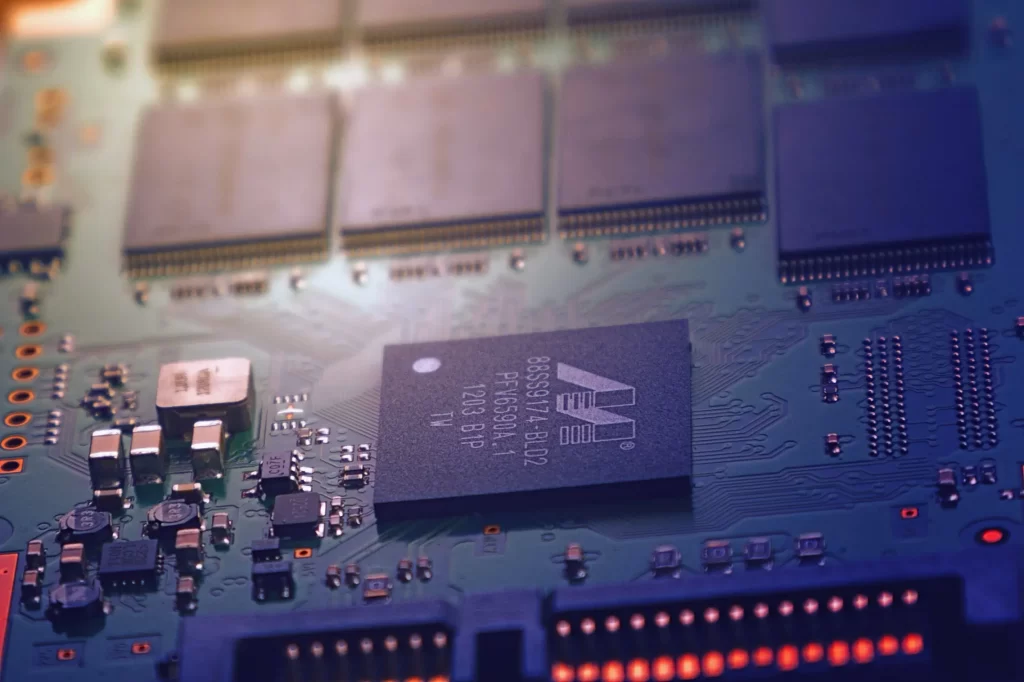Zephyr is an open-source real-time operating system (RTOS) designed specifically for embedded systems. It boasts several features, including scalability, modularity, and portability, many of which are made possible by its devicetree. In this article, we’ll explore what the devicetree is, how it works, and why it is crucial to the Zephyr operating system.
What is the Devicetree in Zephyr?
The devicetree is a hierarchical data structure that describes the hardware components of a system, including microprocessors, memories, and peripherals. It is written in a text file format and is used as an input file for the Zephyr build system. The devicetree then provides the necessary information for the operating system to interact with the hardware through its drivers.
The devicetree is a fundamental component of the Zephyr operating system. By using the devicetree, developers can define the hardware components of a system without having to modify the source code, allowing them to reuse the same codebase across different hardware platforms and make changes to the hardware components as needed. The devicetree standard is maintained by the Devicetree.org community, which defines specifications and collaborates on the future evolution of the standard.
How Does the Devicetree Work in Zephyr?
Devicetree has two types of input files: devicetree sources and devicetree binding. Devicetree sources contain the devicetree itself, while the bindings describe its contents and data types.Once the devicetree source files have been written, they are passed to the Zephyr build system as input files. The build system then produces a C header file whose contents are abstracted by the Zephyr’s devicetree API in devicetree.h file, which enables it to be used by the operating system to interact with the hardware.
Simplified build process flow can be seen below:









